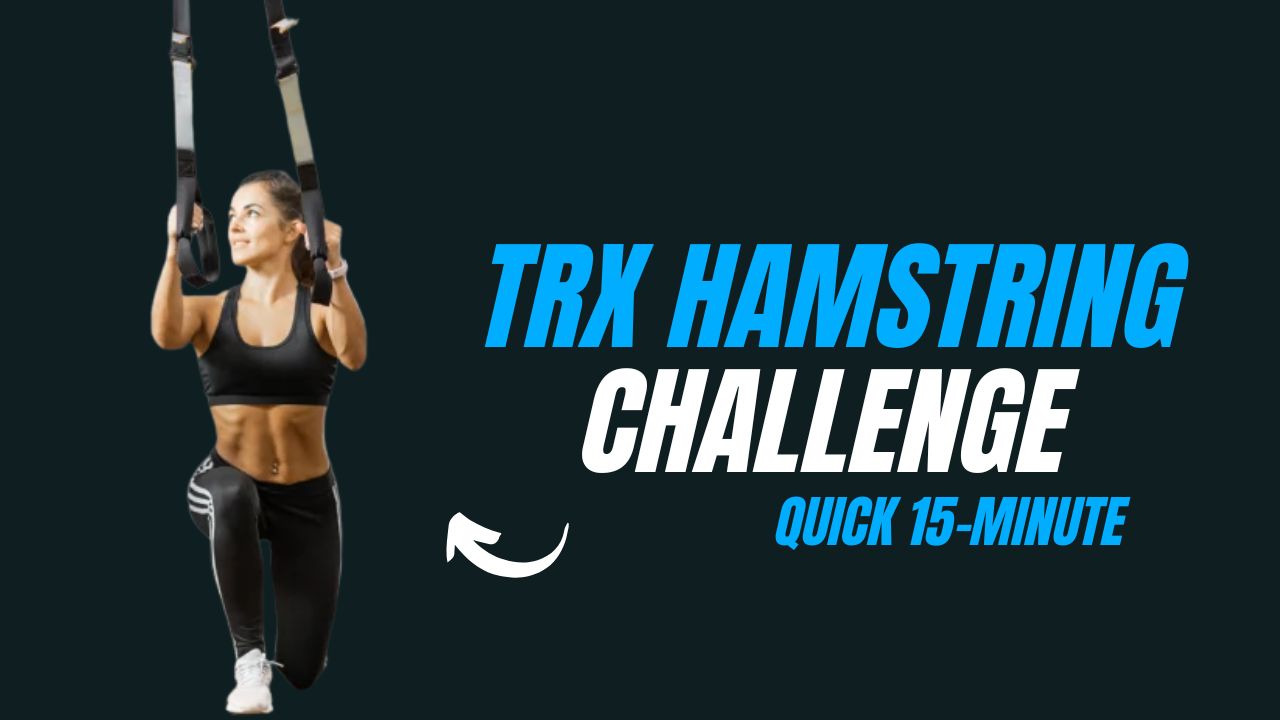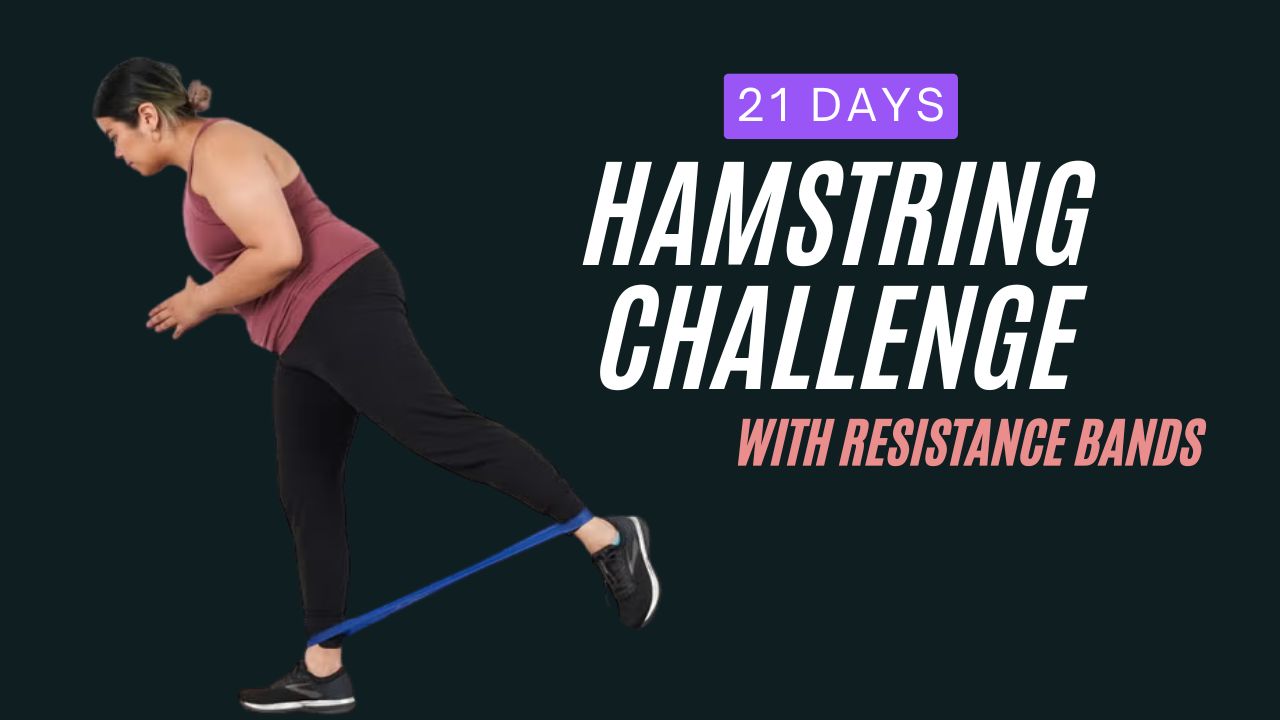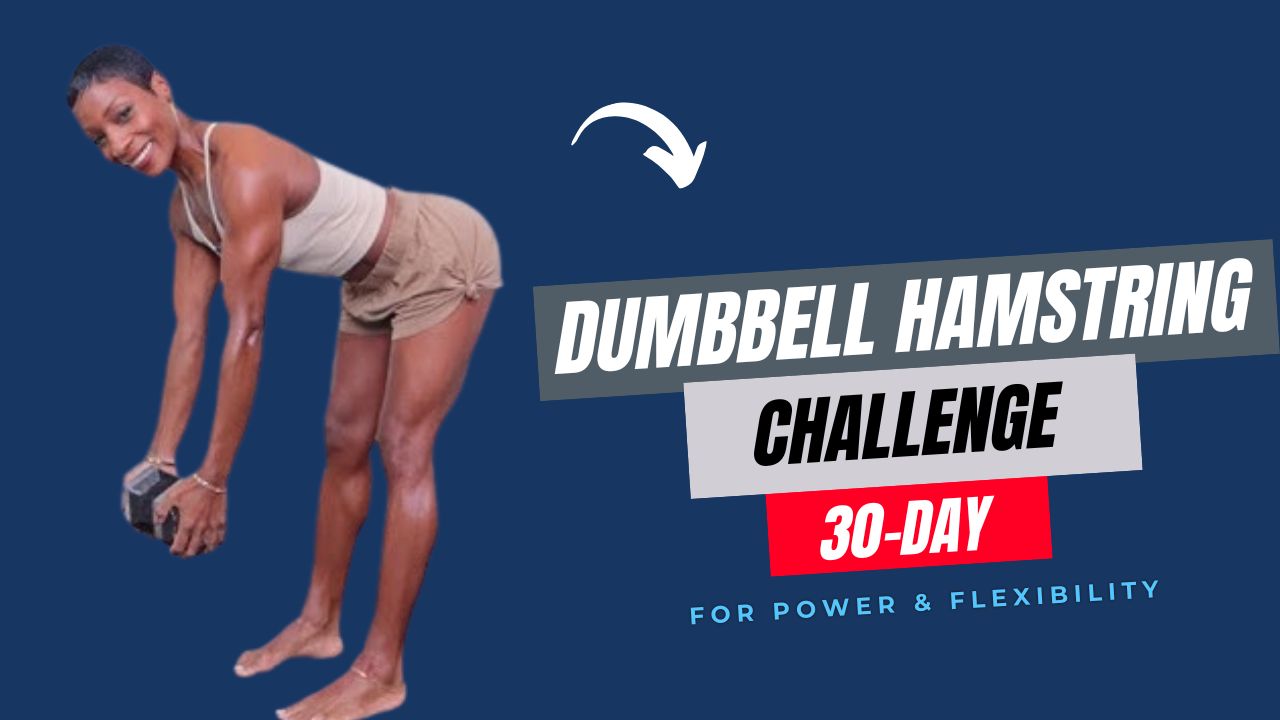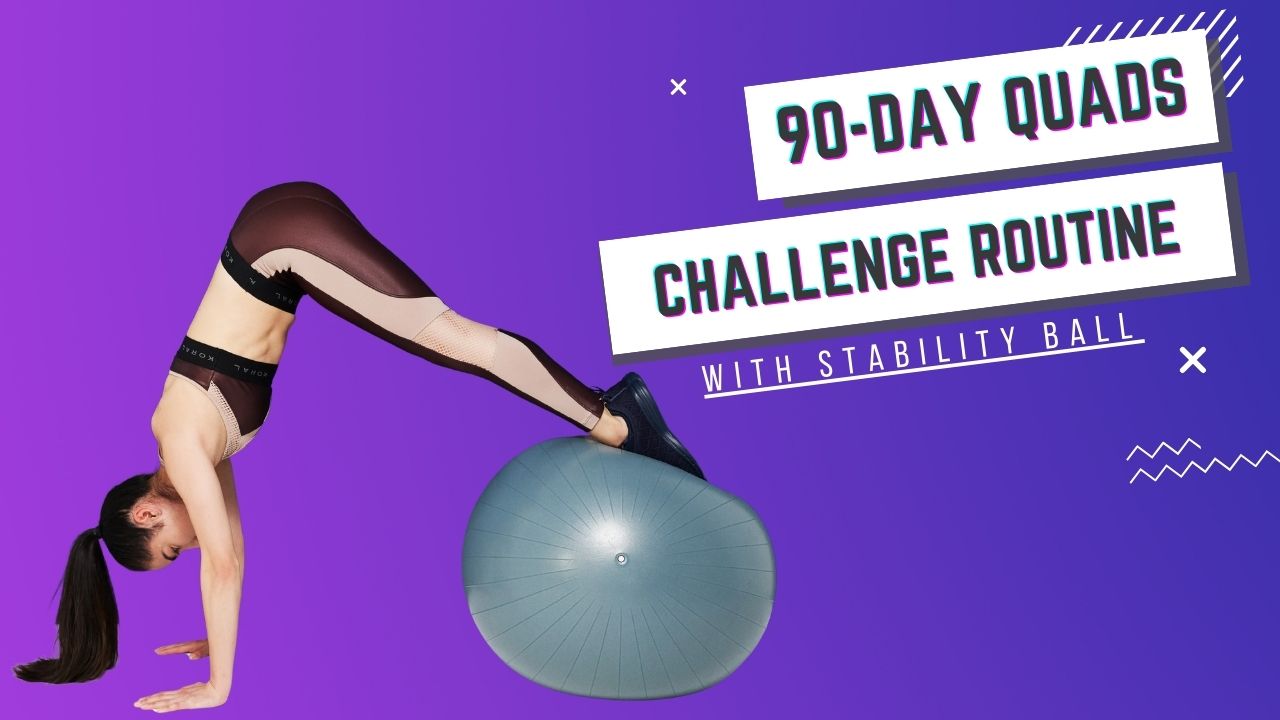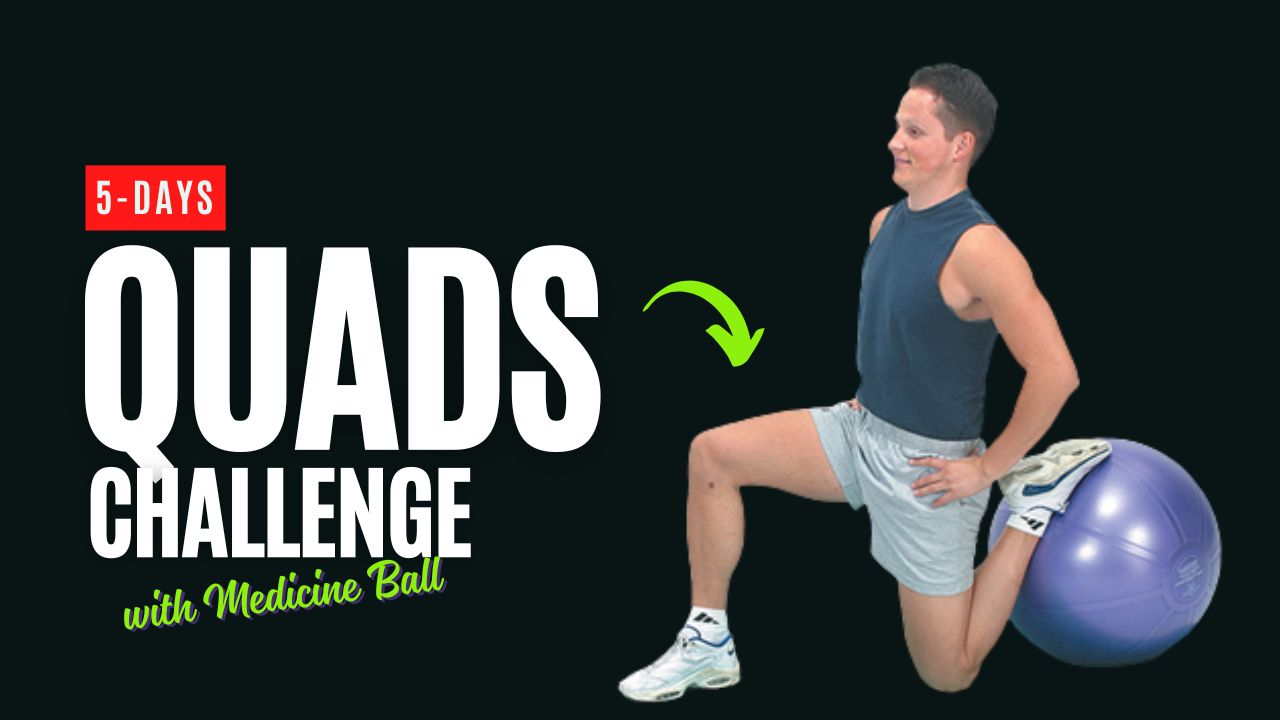Looking for a powerful chest workout that doesn’t require a single dumbbell or bench? Resistance bands are your ticket to sculpting a strong, defined chest—right at home or on the go.
These stretchy powerhouses create constant tension that challenges your pecs through every inch of the movement.
Plus, bands reduce joint strain and improve stability, making them perfect whether you’re a beginner or a seasoned lifter.
Did you know?
Resistance bands can match or even exceed muscle activation levels seen with free weights, according to recent studies—making them a serious tool for muscle growth!
Below, discover 10 big resistance band chest moves, with clear how-tos to fire up your pecs.
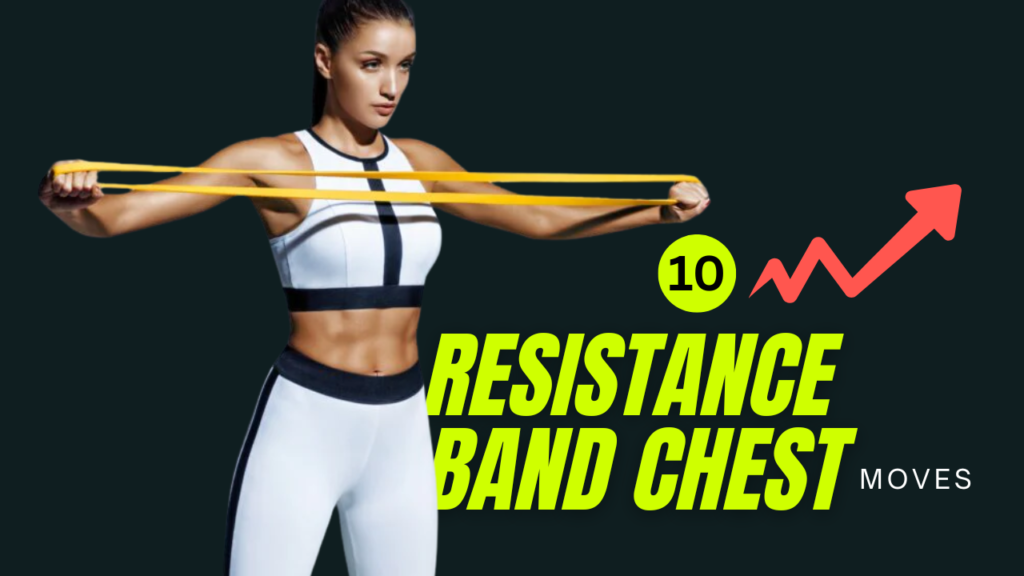
Table of Contents
What Happens After 30 Days of Resistance Band Chest Workouts
| Positive Changes You May Notice | Things to Watch Out For |
|---|---|
| Increased chest muscle definition and firmness. | Mild muscle soreness, especially if you’re new to bands. |
| Improved upper body strength and push-up performance. | Risk of overuse injuries if you skip rest days. |
| Better posture from stronger chest and shoulder stabilizers. | Potential joint discomfort if form is incorrect. |
| Enhanced mind-muscle connection and control during pressing movements. | Plateauing results if you don’t gradually increase resistance. |
| Higher endurance in daily activities like pushing or lifting. | Band wear and tear—check your bands regularly to avoid snapping. |
Do & Don’t for Resistance Band Chest Workouts
| Do | Don’t |
|---|---|
| Use slow, controlled movements for full muscle engagement. | Let the band snap back quickly—this can cause injury and reduce effectiveness. |
| Choose the right band resistance for your strength level. | Start with the heaviest band if you’re not experienced. |
| Anchor your band securely to avoid slippage or accidents. | Use unstable or breakable anchors like chairs with wheels. |
| Maintain proper form by keeping your core tight and shoulders stable. | Arch your back excessively or let your shoulders round forward. |
| Progressively increase resistance or reps as you get stronger. | Stick to the same band tension forever—your muscles will stop growing. |
| Warm up your shoulders and chest before your workout. | Skip warm-up and jump straight into intense band exercises. |
| Keep your wrists straight and aligned with your forearms during presses. | Allow your wrists to bend backward, which can lead to strain. |
10 Best Resistance Band Chest Moves
1. Resistance Band Push-Ups
How to:
- Wrap the band across your upper back and anchor it under your palms.
- Get into a push-up position with hands under shoulders.
- Lower your chest until it’s just above the floor, then press up explosively.
Perk: Amplifies standard push-ups with band resistance for deeper chest engagement.
2. Standing Chest Press
How to:
- Anchor the band behind you (e.g., around a pole or door).
- Hold handles at chest height, elbows bent.
- Press hands forward until arms are fully extended, then slowly return.
Perk: Mimics a bench press—without the bench.
3. Single-Arm Chest Fly
How to:
- Anchor the band to your right side.
- Stand sideways, hold the handle in your left hand.
- Keeping your elbow slightly bent, sweep your arm across your body until your hand reaches the midline of your chest, then return.
Perk: Unilateral work improves muscle imbalances.
4. Incline Chest Press
How to:
- Anchor the band low (near the floor behind you).
- Hold handles at chest height.
- Press upward at a 45-degree angle until arms are extended, then return.
Perk: Targets the upper chest fibers for a fuller look.
5. Decline Chest Press
How to:
- Anchor the band high (above shoulder level behind you).
- Hold handles and press downward at a 45-degree angle.
Perk: Emphasizes the lower chest muscles, balancing chest development.
6. Resistance Band Squeeze Press
How to:
- Hold band handles in each hand with arms extended in front of you at chest height.
- Keep tension by pulling hands apart slightly.
- Slowly squeeze hands toward each other, then release.
Perk: Engages chest stabilizers and improves inner chest definition.
7. Standing Low-to-High Fly
How to:
- Anchor the band low behind you.
- Hold handles at hips, arms slightly bent.
- Lift arms diagonally up and together to shoulder height, then return.
Perk: Excellent for building upper chest and front delts.
8. Standing High-to-Low Fly
How to:
- Anchor the band high behind you.
- Hold handles above shoulders, arms slightly bent.
- Pull arms downward and together toward hips.
Perk: Targets lower chest while also engaging core stability.
9. Push-Up with Isometric Hold
How to:
- Perform a banded push-up (see move 1).
- Pause at the bottom position for 3-5 seconds before pushing up.
Perk: Increases time under tension for greater muscle stimulation.
10. Resistance Band Chest Pullover
How to:
- Anchor the band low behind you.
- Lie on your back, feet planted, and hold handles above your chest with straight arms.
- Lower arms backward until hands are just above the floor, then pull back over your chest.
Perk: Expands ribcage and hits upper chest and serratus anterior.
Myths & Facts:
Myth: Bands are only good for rehab.
Fact: Bands can generate muscle-building tension comparable to traditional weights, making them an effective hypertrophy tool.
Final Thoughts
You don’t need heavy iron to build a powerful chest. These resistance band moves can help you carve a strong, defined chest anywhere, anytime—no gym required.
Add these exercises into your routine and watch your pecs grow while improving joint health and functional strength.
Frequently Asked Questions (FAQs)
Are resistance bands effective for chest workouts?
Yes! Resistance bands provide constant tension that effectively activates your chest muscles throughout the entire range of motion. Research shows they can build strength and size comparable to free weights.
Can I build a bigger chest with just resistance bands?
Absolutely. When combined with proper nutrition and progressive overload (using thicker bands or increasing reps), resistance band exercises can stimulate muscle growth and help you achieve a bigger, stronger chest
How often should I train my chest with resistance bands?
For most people, 2–3 sessions per week with at least one rest day in between is optimal. This gives your muscles time to recover and grow.
Which resistance band chest exercise is best for beginners?
The Standing Chest Press is an excellent starting point. It mimics a bench press but is easier to learn and control.
Do I need an anchor for all these exercises?
Many exercises (like chest presses and flies) benefit from anchoring the band to a door, pole, or sturdy object. However, moves like banded push-ups don’t require an anchor.
How do I know which band resistance level to use?
Start with a lighter band to perfect your form. If you can do more than 15 reps easily, switch to a thicker band to keep challenging your muscles.
Can resistance band chest workouts replace bench pressing?
While bands can effectively build chest strength and size, combining them with free weights (if available) can give you a more well-rounded routine. But if you don’t have access to weights, resistance bands alone can absolutely get the job done.
Will resistance band chest workouts help improve my posture?
Yes! Strengthening your chest, especially in combination with your back and shoulder muscles, can improve posture by balancing the muscles that control your upper body alignment.
How long should my resistance band chest workout take?
A focused band chest session typically takes 20–30 minutes, depending on the number of sets and rest periods you include.
Can women benefit from resistance band chest workouts?
Definitely! Chest exercises with bands help women improve upper body strength, support better posture, and can contribute to a toned, balanced physique.





